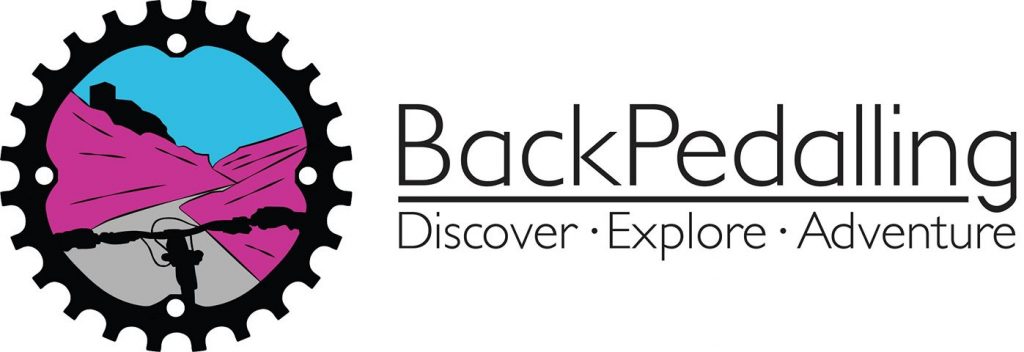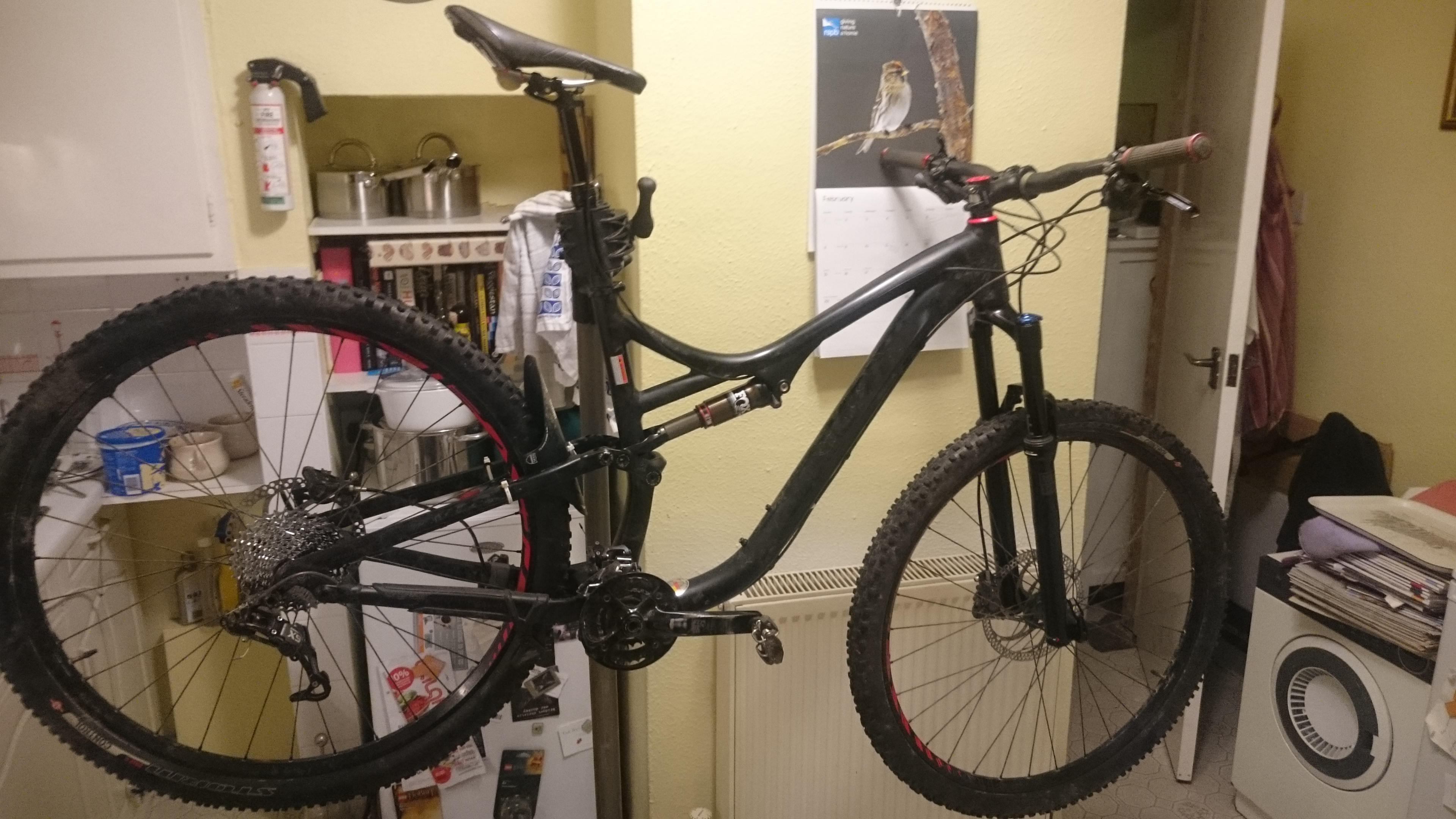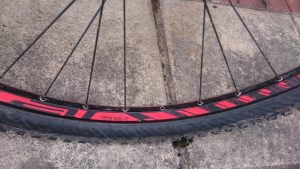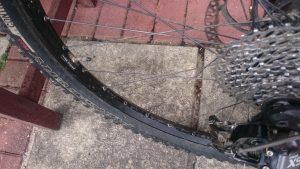If you ride a mountain bike for long enough, there are two certainties:
- You will get muddy
- Parts of the bike will wear out
Mud is part and parcel of the fun. If I’m honest, it’s part of the attraction. Riding in the mud is a lot of fun and there’s something about coming home covered in mud that puts me in touch with the child in me.

QE Park mud covered
I’m fine with mud (but don’t quote me on that in February)
Wear and tear is another matter entirely
Things wearing out means that the bike spends more time on a workstand and less time out on the trails.
Some mountain bikers are tinkerers and fettlers. Some people really enjoy “optimising” their bike with new bits and pieces. I’m not one of them: repairs are a necessary evil that cuts down my riding time. I’ve got better at fixing things because it means I can spend more time riding. Simple.
So the inevitability of things wearing out is something I could live without. The problem is that, seen over a long enough time frame, everything on the bike is consumable. Chains & brake pads: easy fix and not really a problem. Cables: fair enough. Rear cassettes: OK, I suppose. Even chainrings: eventually, and it’s not that much of a faff.
There is, however, one piece of breakage that really does my nut in. And that is spokes.
Why so bad?
In the old days, a broken spoke was an embuggerance but nothing more. You whip off the tyre, lift out the tube and stick a new one in. No biggie.
However, I run my wheels with the new-fangled tubeless setup. It means exactly what it says: there are no inner tubes. The tyre fits on the rim like a car tyre and is held tight with latex sealant. There are some really good reasons for tubeless: it virtually eliminates pinch-flats (where the rim hits the ground and pinches the inner tube), it virtually eliminates punctures too and you can run tyres at lower pressures for more grip. Everyone’s a winner.
The downside is that fitting them and setting them up can be a bit of a pain. There are a whole lot of potential leaky spots to be eliminated. That latex can go anywhere if you’re not careful.
So once they’re on and up I tend to leave them alone as much as possible. Changing them for winter ones in October and back again in about March is about all I can stand.
Which is why I hate snapped spokes.
That means taking the whole careful set up completely to pieces and beginning again from scratch.
Why tearing your hair out?
- Front spoke missing
- Rear spoke missing
I went out for a ride on Monday. At one point I hit a lip slightly wrong. At another I put too much side load through the rear wheel. Result: one snapped spoke on each wheel.
That translates to taking both wheels apart before I can go out and ride again.
That’ll be fun.



